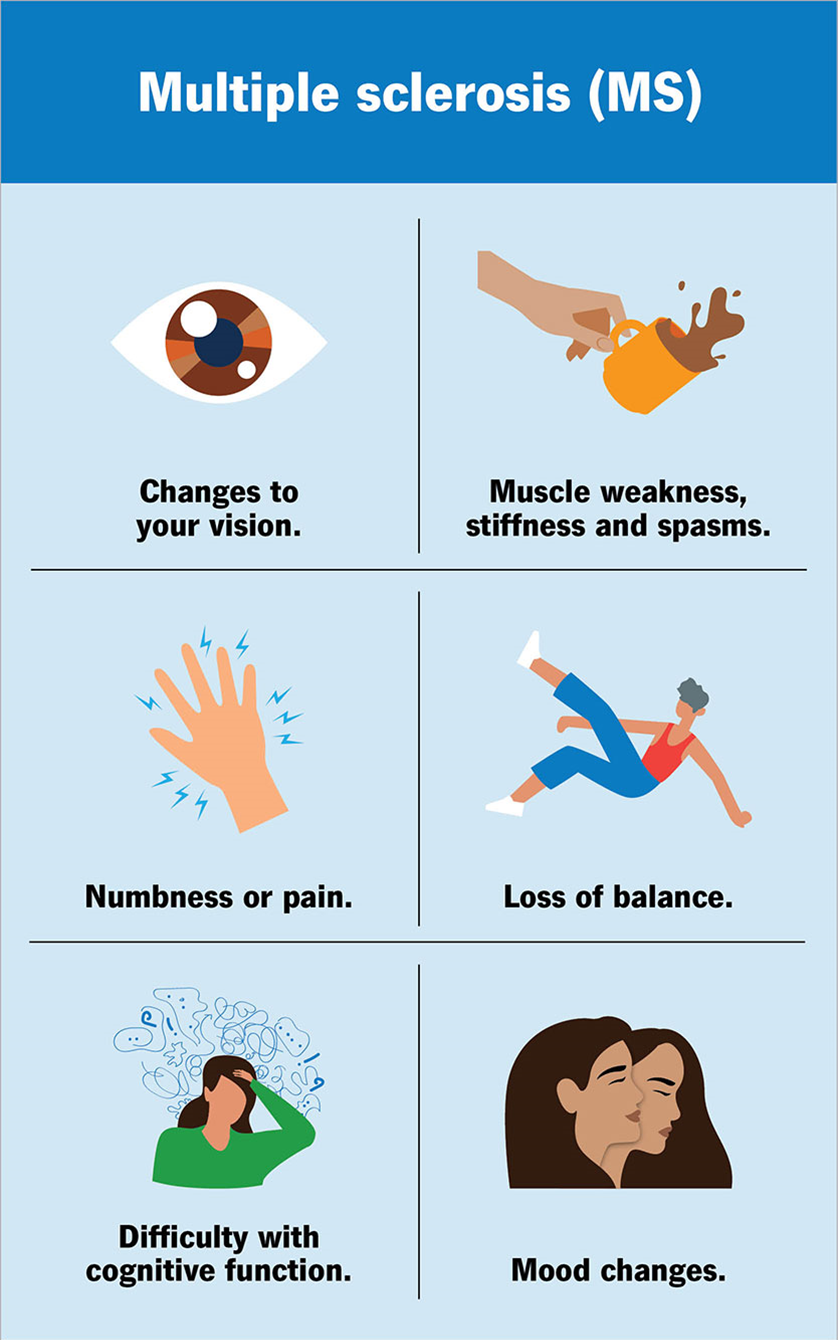What does the nurse recognize as clinical manifestations consistent with ascites? Select all that apply.
Stretch marks
Foul-smelling breath
Increased abdominal girth
Visible distended veins
Rapid weight gain
Correct Answer : C,D,E
Choice A reason: Stretch marks, also known as striae, are not specific to ascites. They can occur due to rapid weight gain or loss, pregnancy, or other conditions that cause the skin to stretch. While they may be present in individuals with ascites due to rapid abdominal expansion, they are not a primary clinical manifestation of ascites.
Choice B reason: Foul-smelling breath, or halitosis, is not a typical symptom of ascites. It can be associated with various conditions, including poor oral hygiene, gastrointestinal disorders, or liver disease, but it is not a direct indicator of ascites.
Choice C reason: Increased abdominal girth is a primary clinical manifestation of ascites. Ascites is characterized by the accumulation of fluid in the peritoneal cavity, leading to noticeable abdominal distension. This symptom is often accompanied by a feeling of fullness or bloating.
Choice D reason: Visible distended veins, particularly around the abdomen, can be a sign of ascites. This occurs due to increased pressure in the abdominal veins as a result of fluid accumulation. The veins become more prominent and visible under the skin.
Choice E reason: Rapid weight gain is another key indicator of ascites. The accumulation of fluid in the abdomen leads to a significant increase in body weight over a short period. This rapid weight gain is often one of the first signs that prompts further investigation for ascites.
Nursing Test Bank
Naxlex Comprehensive Predictor Exams
Related Questions
Correct Answer is A
Explanation
Choice A reason:
Baclofen is primarily used to treat muscle symptoms caused by multiple sclerosis, including muscle spasms, stiffness, and pain1. It acts on the spinal cord nerves to decrease the number and severity of muscle spasms, thereby improving muscle movement2. The effectiveness of baclofen in managing multiple sclerosis symptoms is best evaluated by assessing the reduction in muscle spasms.

Choice B reason:
While mood and affect are important aspects of a patient’s overall well-being, they are not the primary indicators of baclofen’s effectiveness. Baclofen does not have a direct impact on mood and affect, as its main function is to relieve muscle spasms and improve muscle movement.
Choice C reason:
Appetite is not a primary concern when evaluating the effectiveness of baclofen. This medication is not known to significantly affect appetite. The main therapeutic goal of baclofen is to reduce muscle spasms and improve mobility in patients with multiple sclerosis.
Choice D reason:
Sleep pattern, although important for overall health, is not the primary measure of baclofen’s effectiveness. Baclofen’s primary role is to alleviate muscle spasms and improve muscle function. While it may have some impact on sleep due to its muscle-relaxing properties, this is not the main criterion for evaluating its effectiveness.
Correct Answer is B
Explanation
Choice A Reason:
Documenting that the nasogastric tube is in the correct place is not appropriate in this scenario. A gastric pH of 7.35 is too high for stomach contents, which typically have a pH between 1.5 and 3.5. This high pH suggests that the tube may be misplaced, possibly in the respiratory tract or another non-gastric location. Therefore, documenting the tube as correctly placed could lead to serious complications if the tube is indeed misplaced.
Choice B Reason:
Notifying the health care provider is the most appropriate action. A pH of 7.35 is indicative of a potential misplacement of the nasogastric tube. The health care provider needs to be informed immediately to take corrective actions, such as ordering an X-ray to confirm the tube’s placement or re-evaluating the tube’s position. This step is crucial to ensure patient safety and prevent complications such as aspiration pneumonia or other adverse effects.
Choice C Reason:
Checking for placement by auscultating for air injected into the tube is an outdated and unreliable method. This technique can sometimes give false assurance of correct placement, as the sound of air can be heard even if the tube is in the respiratory tract. Current best practices recommend using pH testing and radiographic confirmation for accurate placement verification.
Choice D Reason:
Retesting the pH using another strip might seem like a reasonable step, but it is not the best immediate action. If the initial pH test shows a value of 7.35, it is unlikely that retesting will yield a significantly different result. The priority should be to notify the health care provider to address the potential misplacement promptly.
.
Whether you are a student looking to ace your exams or a practicing nurse seeking to enhance your expertise , our nursing education contents will empower you with the confidence and competence to make a difference in the lives of patients and become a respected leader in the healthcare field.
Visit Naxlex, invest in your future and unlock endless possibilities with our unparalleled nursing education contents today
Report Wrong Answer on the Current Question
Do you disagree with the answer? If yes, what is your expected answer? Explain.
Kindly be descriptive with the issue you are facing.
